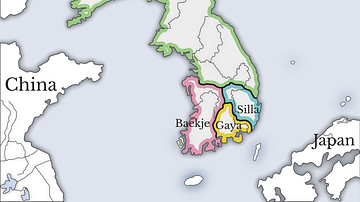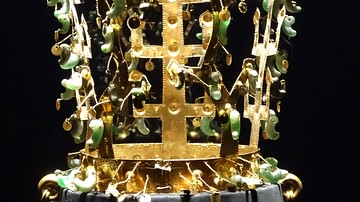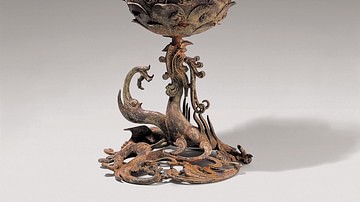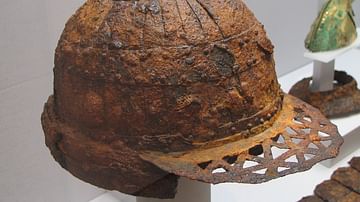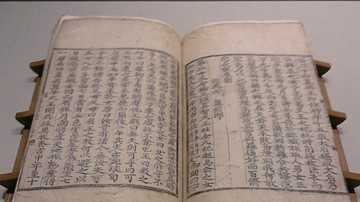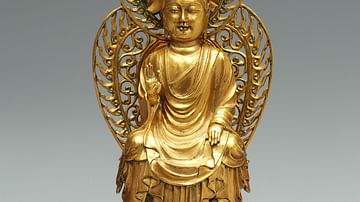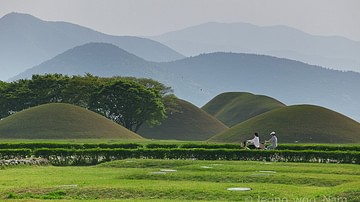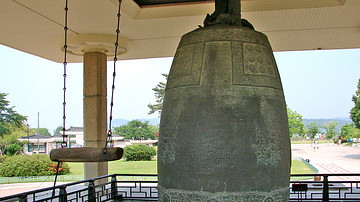The Three Kingdoms period in ancient Korea from the 1st century BCE to 7th century CE actually saw four states dominate the peninsula: Silla, Gaya, Baekje, and Goguryeo. All shared similar characteristics of government and a highly stratified system of social classes. Many ideas were adopted from neighbouring China such as writing and coinage, while Baekje had particularly close ties with Japan. It was a period of great artistic endeavour with fine ceramics, tomb painting, and gilt-bronze sculpture being produced, which today constitute many of the national treasures of Korea. The rich and sometimes turbulent history of the period were recorded in two of Korea's most famous literary works, the Samguk Sagi and the Samguk Yusa, written in the 12th and 13th centuries CE respectively.
In this collection, we look at each kingdom of the period in detail, including some of their most famous rulers and monuments. We also examine the history of the period through the two books mentioned and see the relevance of Buddhism, Confucianism, and neighbouring states on Korea in the Three Kingdoms period.
Notable surviving structures at Gyeongju include the mid-7th century CE Cheomseongdae observatory. Nine metres tall, it acted like a sundial but also has a south-facing window which captures the sun's rays on the interior floor on each equinox. It is the oldest surviving observatory in East Asia.

